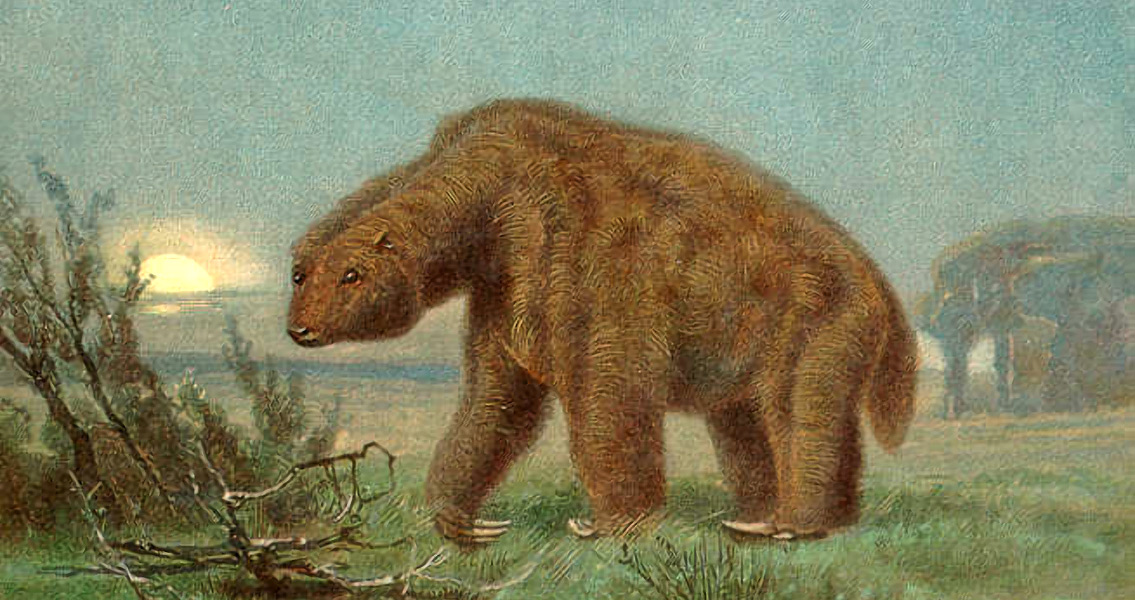<![CDATA[A new study has argued that the extinction of large herbivores during the Pleistocene period could explain massive changes in landscape and vegetation structure. The study, published online by the Proceedings of the National Academy of Sciences this week, could have significant ramifications for our understanding of the modern relationship between herbivores and ecosystems, as well as the consequences of extinction in the Pleistocene period. Combining paleoecological data with results of modern exclosure experiments, the team of scientists led by the Netherlands Institute of Ecology (NIOO-KNAW) discovered that shrubs and trees became more abundant following the late-Quarternary extinctions. In a press release from NIOO-KNAW, lead author of the study Liesbeth Bakker explained the results. “Large herbivores are not merely victims of the circumstances they live in, but actively engineer their environment. This has major consequences for other species, and for the structure of the entire landscape.” The late Pleistocene was a period which saw massive creatures such as ground sloths, mammoths and diprotodrons roaming across most of the earth’s terrestrial areas. A multitude of studies have looked at what caused these spectacular creatures to go extinct, often focusing on environmental causes in particular. Thanks to this latest research however, it is possible to consider the environmental consequences of the giant creatures’ disappearance. Until now, it was often assumed that the decline in vegetation had been the result of climate change. As Bakker explains, this assumption has now been brought into question. “Acknowledging the major ecosystem-engineering role of large herbivores, you can’t imagine that vegetation stayed the same regardless of their presence or absence in the Late Pleistocene.” The team, made up of scientists from Europe, Australia and the United States, propose that their findings could be used to predict the openness of Pleistocene landscapes based on the herbivore community that inhabited them and the animal density. Combined with modern techniques, the scientists suggest it is now possible to further our understanding of events at the end of the Pleistocene. “We propose a conceptual framework that describes the impact of large herbivores on woody plant abundance mediated by herbivore diversity and density, predicting that herbivore suppression of woody plants is strongest where herbivore diversity is high.” The abstract to the study explains. “We conclude that the decline of large herbivores induces major alterations in landscape structure and ecosystem functions.” Although primarily geared towards furthering our understanding of the Pleistocene, the study has valuable implications for the present. Landscapes which are not browsed by large herbivores tend to suffer from fires much more frequently, due to the greater amount of wooded areas. Conversely, landscapes with a high density of deer tend to be more open. For modern day conservationists and ecologists, the NIOO-KNAW team’s findings have the potential to allow for more accurate predictions about changing ecosystems. “The late-Quaternary extinctions were natural experiments in large-herbivore removal; the paleoecological record shows evidence of widespread changes in community composition and ecosystem structure and function, consistent with modern exclosure experiments.” For more information: http://www.pnas.org/content/early/2015/10/23/1502545112 ]]>
Herbivore Extinction Triggered Environment Change
